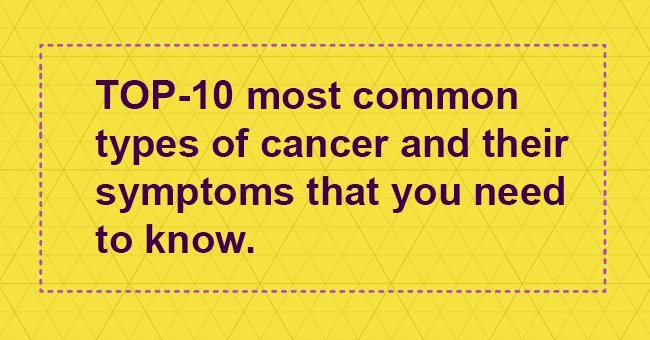
Disease of the 21st century: how to diagnose cancer in time and not to lose the fight against it
10 of the world’s deadliest cancers exposed, plus all the symptoms you need to watch out for.
Unfortunately, cancer is becoming more of a scourge with each passing day, and since we’re yet to discover a cure for the condition, anyone’s best shot at defeating cancer is an early diagnosis.
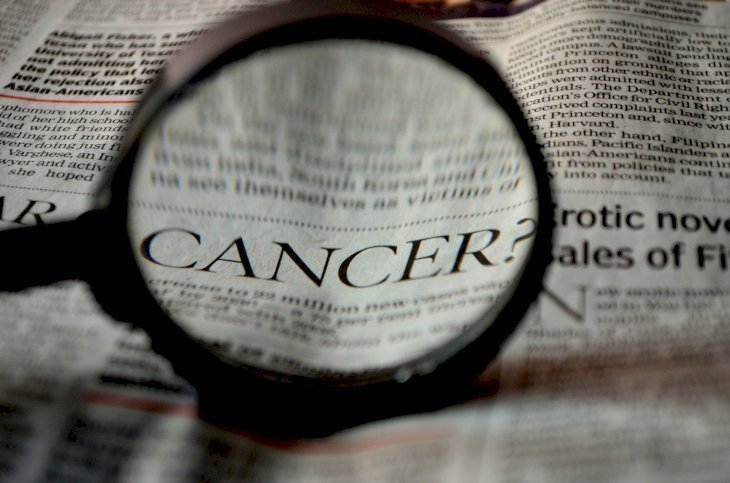
Getty Images
1. Lung cancer
The Sun reports that lung cancer is the most deadly type by a long way, accounting for thousands of deaths every year. The common variants of the disease are non-small cell lung cancer- the most common kind- and small cell lung cancer which tends to spread faster.
Although anyone can develop lung cancer, it is more common in folks over 60, and 90% of cases can be traced directly to smoking.
If you quit, your risk decreases over time, and after ten years without smoking, your risk of lung cancer falls to half of that of a smoker.
The most common symptoms include: coughing, feeling out of breath, pain in the chest, feeling of fatigue, loss of appetite, weight loss, hoarseness, blood in the phlegm.
2. Bowel cancer
Most people survive bowel cancer when the diagnosis is made early enough, but unfortunately, that is rarely the case.
Some of the symptoms associated with the condition can be embarrassing, and so patients refuse to talk to their doctors. Wrong move! Always remember: there’s nothing your doctor hasn’t heard!
Symptoms of bowel cancer include bleeding from the anus, blood in your feces, strange and persistent change in bowel habit, unexplained weight loss, extreme fatigue, and a lump or pain in the belly.
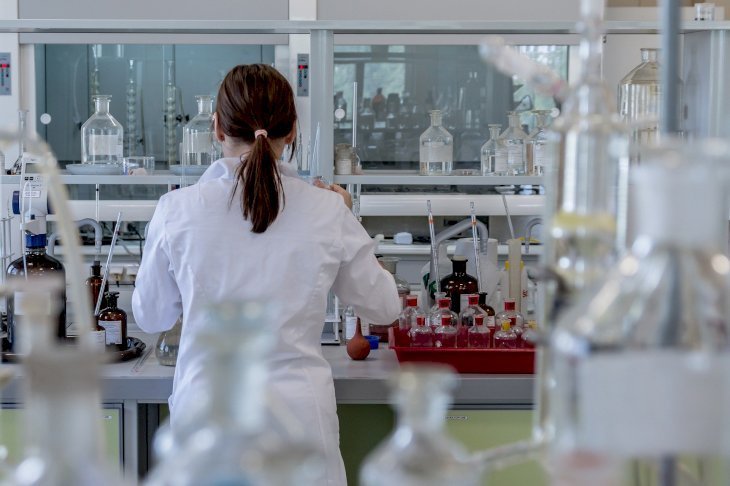
Getty Images
3. Prostate cancer and breast cancer
These two cancers affect one out of every eight men and women respectively. It is essential to know the symptoms to have a higher chance of recovery.
The symptoms of prostate cancer can seem non-existent at first, but you may eventually notice: difficulty urinating or emptying the bladder, a weak flow when you urinate, a feeling of not having emptied your bladder properly, needing to pee more often especially at night, and an urgent need to urinate.
The symptoms of breast cancer include: a change in size or shape, a lump or an area that seems thicker than the rest of the breast, a change in the skin texture of the breast, a redness or a rash, changes in the nipple, a liquid coming from the nipple without being squeezed, constant pain in the breast or armpit, a swelling in the armpit or around the collarbone.
4. Cancer of Unknown Primary
This is when cancer spread has been found in a person’s body, but doctors are unable to determine its origin in the body. Unfortunately, medical science has not discovered what causes it, and it is difficult to decide on the symptoms because a diagnosis is made only after cancer has spread.
5. Pancreatic cancer
The pancreas helps with digestion, producing juices filled with enzymes to break down food and it produces hormones such as insulin, which controls blood sugar levels.
As most of these diseases, pancreatic cancer usually does not cause symptoms in its early stages. They start kicking in as cancer grows.
Some of the most common signs to look out for include: pain in the stomach and back, bizarre weight loss, and indigestion.
6. Esophagus cancer
This type of cancer affects the esophagus and is typically found among folks between the ages of 60 and 70. It also affects twice more men than women.
Common symptoms include difficulty in swallowing, weight loss, regurgitation or vomiting, pain when swallowing, cough, heartburn, hoarseness of the voice.
7. Liver cancer
There are two types of liver cancer: primary and secondary. You have a higher chance of developing secondary liver cancer if you already have bowel, pancreas, stomach, liver or breast cancer.
Symptoms include extreme tiredness and weakness, a general feeling of poor health, loss of appetite, nausea, weight loss, loss of libido, darker urine, and pale gray feces.
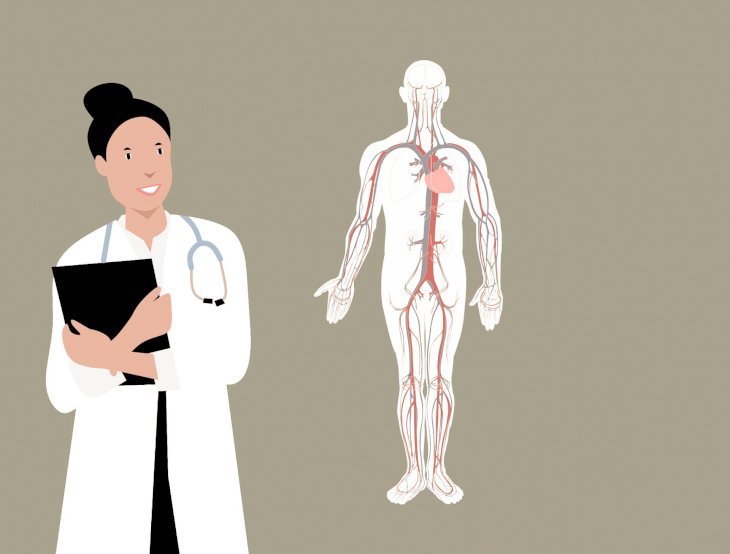
Getty Images
8. Bladder cancer
It is the most common type of cancer among the elderly, especially men. The risk factors are smoking, being overweight, eating a poor diet, and alcohol consumption. 80% of people with bladder cancer have blood in their urine.
Symptoms include blood in the urine, urinating very often (frequency), needing to pee immediately (urgency), a feeling of pain while urinating, weight loss, pain in the back, lower abdomen or bones, and a feeling of being tired and unwell.
9. Brain cancer
There are over 150 different brain tumors, but those that grow rapidly are known as high grade 3 or 4 brain cancer. The most common type of brain cancer in adults is glioblastoma.
Its symptoms include headaches, vision disorders, convulsions, nausea, drowsiness, and changes in the normal functioning of the brain.
10. Non-Hodgkin Lymphoma
This type of cancer begins in the white blood cells and attacks the lymphatic system, which is an essential part of every human’s immune system.
Its symptoms include painless swelling in the neck, armpit or crotch, night sweats, persistent itching, unintended weight loss, fevers, and shortness of breath.
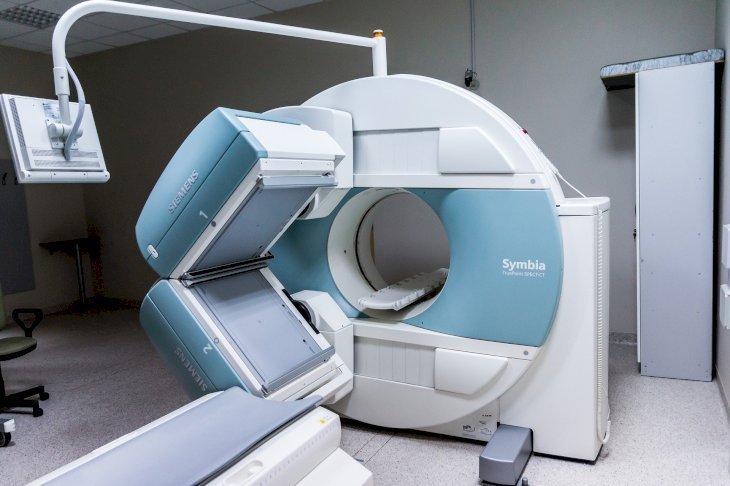
Getty Images
If you notice any of these symptoms, please do not hesitate to tell a medical doctor immediately.
For women, there’s another type of cancer that doctors call the “silent killer:” ovarian cancer. We did an article on eight early symptoms of the disease to enlighten everyone. You can find that here.
The information in this article is not intended or implied to be a substitute for professional medical advice, diagnosis or treatment. All content, including text, and images contained on news.AmoMama.com, or available through news.AmoMama.com is for general information purposes only. news.AmoMama.com does not take responsibility for any action taken as a result of reading this article. Before undertaking any course of treatment please consult with your healthcare provider.
